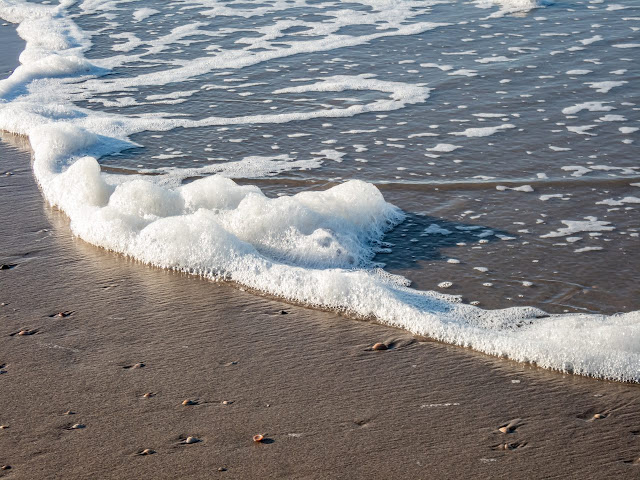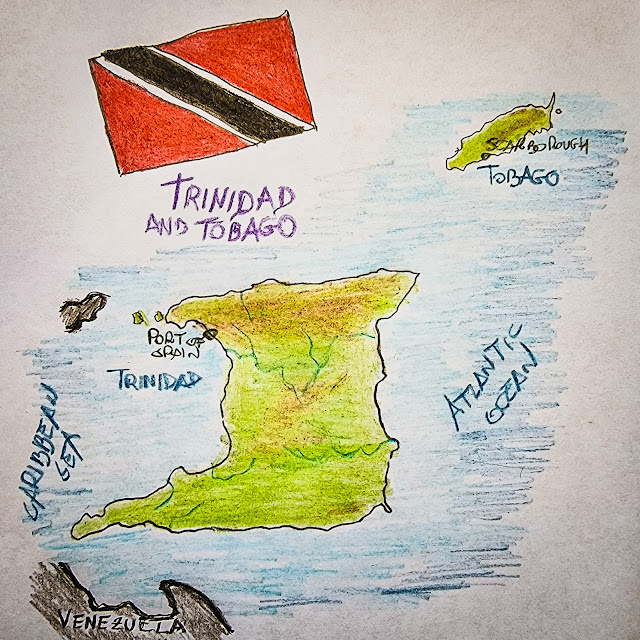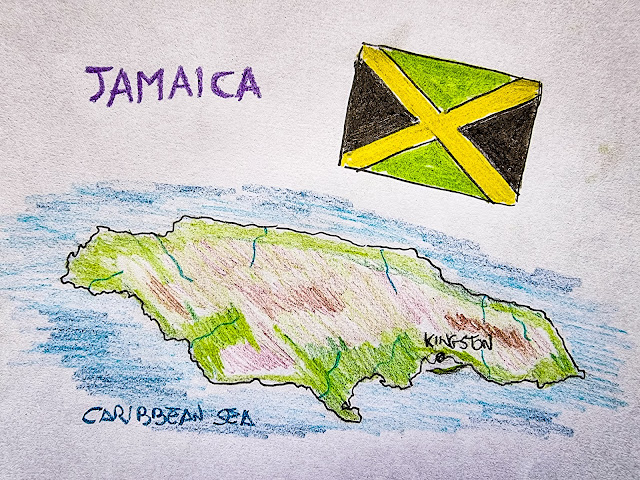Ehi wait a sec! What about a Plan C?

Portoferraio - Elba Island - Mediterranean Sea Do we really need a plan C? Actually not, one back-up plan is normally more than enough unless you are NASA trying to send people on Mars and we definitely are not. The fact is that in the last weeks....maybe more months....thoughts went wild, focusing a lot on ocean conservation, minimalism, freedom, scuba diving as inner peace and self rediscovery experience. So these new ideas coming up are now slowly distancing us from a classic touristic model and moving to explore alternatives which are looking more at our impact on the environment, on our and others lives and less at how to get an income, even if low.. Plan C in fact starts from a totally different prospective. It is not about finding the best way to ensure a minimum income to be able to live sufficiently comfortable in a warm place with limited responsibilities. No, this plan starts from thinking which would be the best way to live with the minimum possible cost in a warm plac...


















